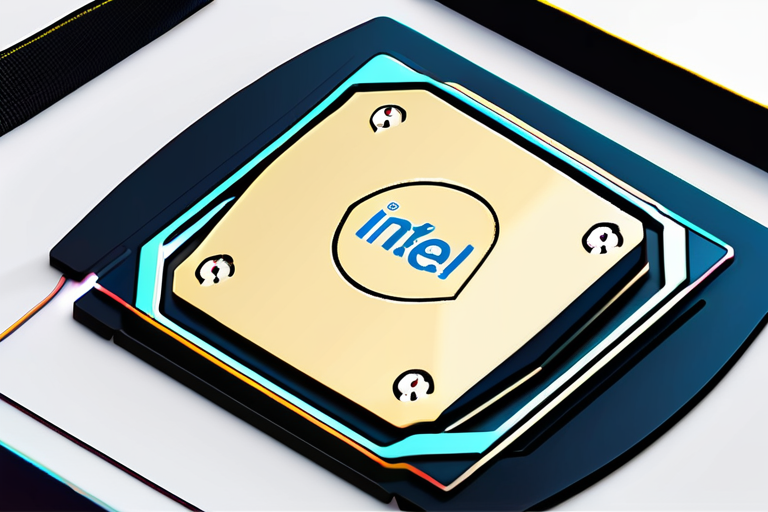Intel Claims You Won't Need an Nvidia GPU to Push Gaming Frame Rates Through the Roof
In a move that could potentially disrupt the gaming industry's reliance on high-end graphics processing units (GPUs), Intel has announced its latest update to its XeSS 2 AI upscaler, which includes support for multi-frame generation. This technology allows for artificially inflated frame rates by inserting AI-generated frames between those rendered by the PC itself.
According to Intel, this development means that gamers will no longer need to rely on Nvidia's RTX 50-series GPUs to achieve high frame rates in games. "We're excited to bring this technology to our customers," said an Intel spokesperson. "Our goal is to provide a more accessible and affordable way for gamers to enjoy smooth and seamless gameplay."
Multi-frame generation has been a topic of controversy among PC gaming circles, with some critics labeling it as "fake frame rate" technology. However, proponents argue that it can be a valuable tool in improving overall gaming performance.
The concept of multi-frame generation is relatively simple: by inserting AI-generated frames between those rendered by the PC, game developers can create the illusion of higher frame rates without requiring significant increases in GPU power. This can be particularly beneficial for games with complex graphics or those that are demanding on system resources.
Intel's decision to make this technology available across its platform, rather than restricting it to its own GPUs, is seen as a bold move by industry analysts. "This could potentially disrupt the market and give Intel an edge in the gaming space," said Jon Peddie, founder of Jon Peddie Research.
The development comes at a time when the gaming industry is increasingly reliant on high-end GPUs to deliver smooth and seamless gameplay. Nvidia's RTX 50-series GPUs have been touted as the gold standard for gaming performance, but Intel's move could potentially change this dynamic.
Intel has not confirmed what its future plans are for GPU development, fueling speculation that it may be preparing to enter the market in a more significant way. However, the company remains tight-lipped about its intentions.
The implications of this technology go beyond the gaming industry, with potential applications in fields such as film and video production. "This technology has the potential to revolutionize the way we experience visual content," said Dr. Ian Buck, director of engineering at NVIDIA.
As the gaming landscape continues to evolve, it will be interesting to see how Intel's multi-frame generation technology is received by gamers and industry experts alike. One thing is certain: this development marks a significant shift in the balance of power between Intel and Nvidia in the gaming market.
Background
Intel's XeSS 2 AI upscaler was first introduced two years ago as a way to improve game performance on lower-end hardware. The technology uses artificial intelligence to enhance image quality and reduce rendering times, but its capabilities have been limited until now.
Additional Perspectives
Industry analyst Michael Pachter sees this development as a potential game-changer for Intel. "If they can deliver high-quality frame rates without the need for expensive GPUs, it could be a major win for them," he said.
However, not everyone is convinced that multi-frame generation is the solution to gaming's performance woes. "This technology may provide a temporary fix, but it doesn't address the underlying issues with game development and optimization," said game developer John Romero.
Current Status and Next Developments
Intel has announced that its XeSS 2 AI upscaler will be available on all of its platforms, including desktops, laptops, and mobile devices. The company has not confirmed when the technology will be widely available or what specific features it will include.
As the gaming industry continues to evolve, one thing is certain: Intel's multi-frame generation technology is set to shake things up in a big way.
*Reporting by Gizmodo.*



 Hoppi
Hoppi

 Hoppi
Hoppi

 Hoppi
Hoppi

 Hoppi
Hoppi

 Hoppi
Hoppi

 Hoppi
Hoppi











